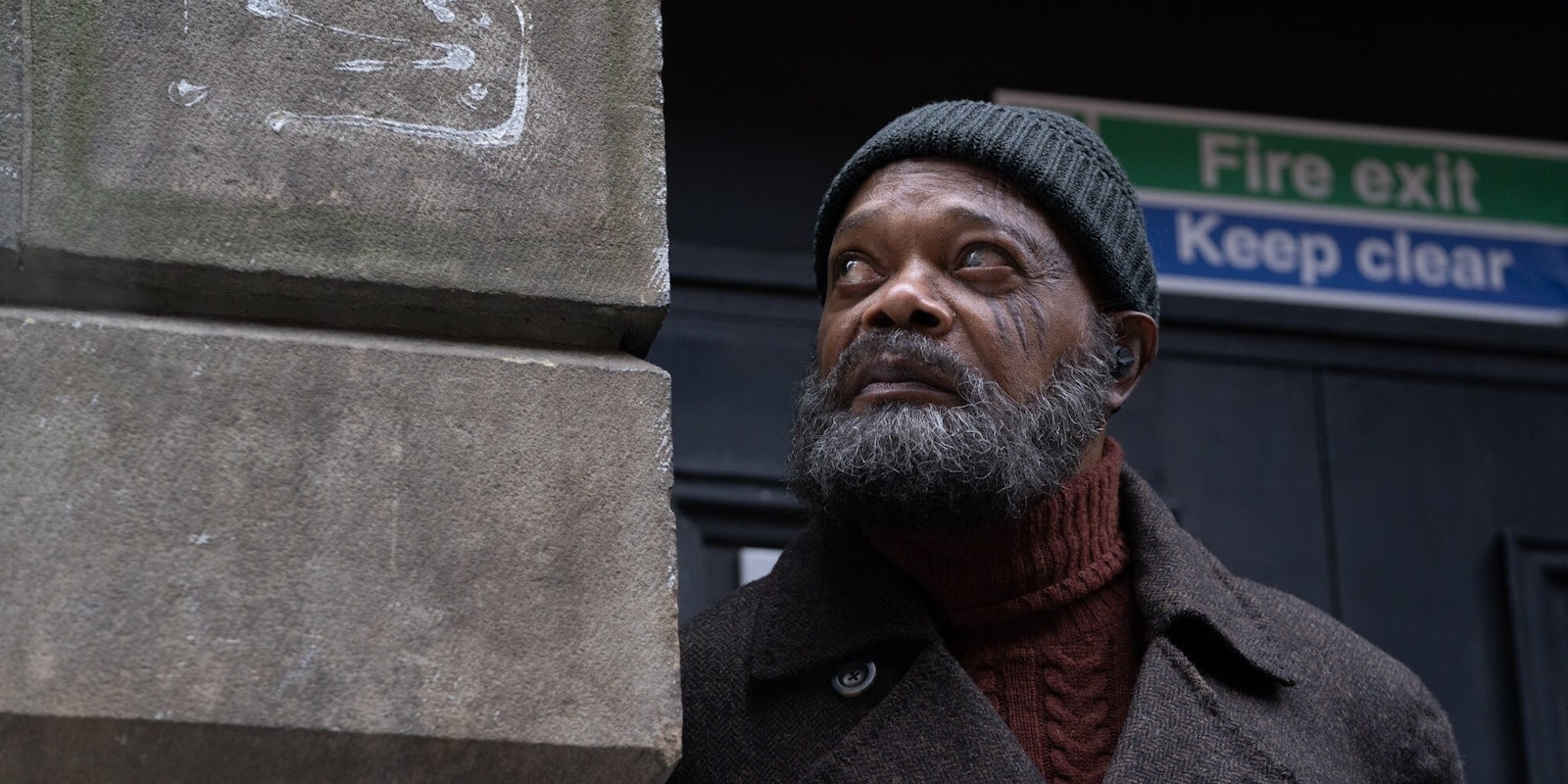We expect Marvel movies to be expensive, but when the TV spinoffs have a similar budget, it raises some questions. Namely, what does that money actually pay for?
Secret Invasion reportedly cost $212 million for six episodes. And according to The Hollywood Reporter, the MCU shows WandaVision, The Falcon and the Winter Soldier, and Hawkeye were “as much as $25 million per episode,” with She-Hulk reputedly in a similar ballpark.
In some cases, a significant amount of money probably went to A-list talent like Samuel L. Jackson and Jeremy Renner. But those budgets are still eyebrow-raisingly massive for shows that don’t really “look expensive.”
In fact, She-Hulk was widely criticized for its clunky visual effects, and Secret Invasion was called out for using AI-generated art in its title sequence.
Media-savvy viewers are particularly sensitive to this kind of budget issue right now—in part due to the widespread criticism of shoddy CGI in $200+ million blockbusters like The Flash and Ant-Man and the Wasp: Quantumania.
Secret Invasion‘s $212 million budget is even more puzzling due to the show’s lack of visibly expensive setpieces. And with the writers’ and actors’ strikes in the news, this issue goes hand-in-hand with questions about fair pay.
If Secret Invasion has a blockbuster budget, are the lower-level actors and behind-the-camera artists getting a similarly hefty paycheck? Or are they being underpaid while millions of dollars vanish into a Disney-shaped black hole?
So far, no Secret Invasion actors or writers have publicly discussed how much they were paid. That’s not exactly a surprise, given that the show is only halfway through its run.
However, a She-Hulk writer did share his own story last week, tweeting that he’d received a $396 residual check for an episode he wrote. On traditional TV, a writer could expect a five-figure payment for similar work. Elsewhere, actress Ariela Barer (Marvel’s The Runaways) has spoken out about losing residual income after her show was removed without warning from Disney+.
These signs point to Disney cutting costs among creative talent, even as the overall production budgets remain high.
Until recently, a blockbuster-sized budget was treated as a selling point for Disney’s Marvel and Star Wars TV spinoffs. Audiences were encouraged to expect cinematic quality. But considering the eventual output—and the reports of low pay and poor working conditions both in streaming TV and the VFX industry—fans now have little reason to assume a $200 million budget is good news.



 (@mattxmrdck)
(@mattxmrdck) 